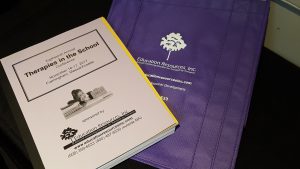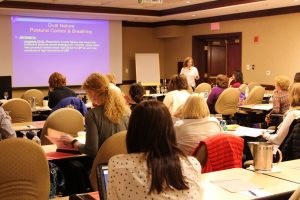Post submitted by Barbara Goldfarb, MS, PT Vice President ERI
Yes, that is the question we wanted to find out from you! What topics do you want to learn more about? How do you choose what courses and the type of courses you go to?
Do you prefer live or on-line courses?
As luck would have it, the fsbpt (Federation of State Boards of Physical Therapy) recently did a survey which they just published, giving us some answers.
http://portal.criticalimpact.com/newsletter/newslettercontentshow1.cfm?contentid=178111&id=16471
Most participants in this study preferred live (weekend) courses to gain either minimal or advanced competencies, followed closely by online or on-demand courses. They rated both as being very effective in maintaining minimal or achieving advance competence.
That made us very pleased as we try to give you the choice of learning via either modality. Our live courses give you the chance to network, share treatment ideas with colleagues, and talk directly to the instructor. Many are designed to be small, with hands-on learning and clinical problem solving.
Our on-line courses are very different from the “cookie cutter” one or two-hour courses you typically see. They are filmed “live” and give you the feeling of being in the room, which is a far cry from the “death by PowerPoint” courses offered elsewhere. From gaining acute care skills, to learning the latest guidelines for concussion, these online courses can be viewed conveniently from your home or at work (lunchtime popcorn anyone?)

The fsbpt survey also asked PTs and PTAs how they choose topics. No surprises here…people choose to pursue topics that they are personally interested in or that help them gain a professional or personal goal, rather than a licensure requirement or employer mandated topic.
This is a wonderful confirmation that PTs and PTAs are professionally motivated to pursue continuing competencies whether or not their particular state requires CEUs for re-licensure. We suspected as much, but now we know it for sure!
 ]]>
]]>


 Melissa Gerber OTD, OTR/L[/caption]
Melissa Gerber OTD, OTR/L[/caption]




